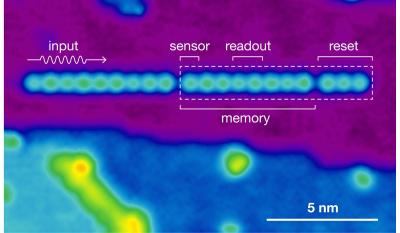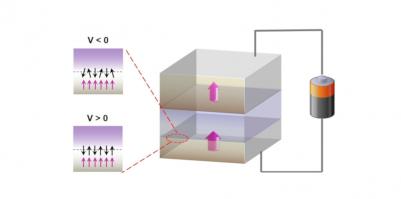The EU funds two new graphene spintronics projects
The european Graphene Flagship project has announced 16 newly-funded graphene FLAG-ERA projects. These projects which will become Partnering Projects of the Graphene Flagship â receiving around â¬11 million in funding overall.
Two of these projects will investigate the promising properties of graphene for spintronics. The SOgraphMEM project will test specific materials for a novel branch of spintronics called spin-orbitronics, while the DIMAG project will fabricate new layered magnetic materials with optimal characteristics for spintronics applications.

